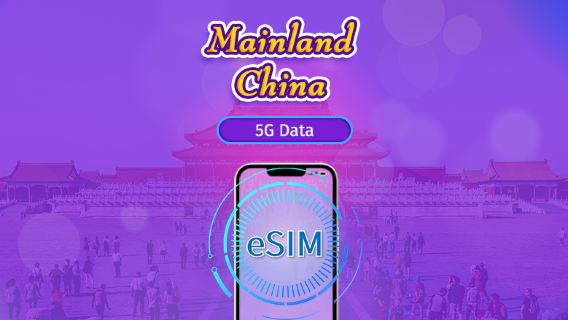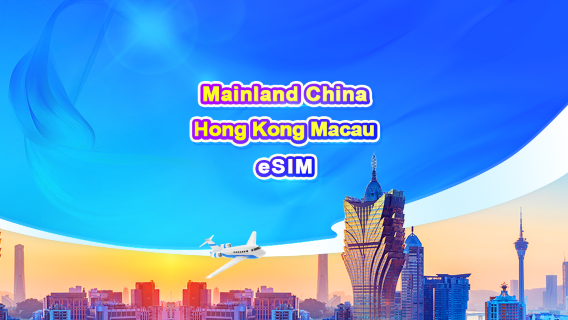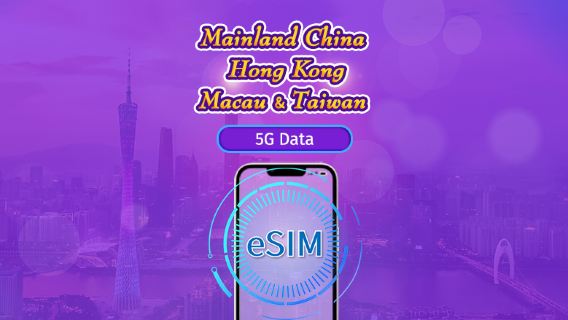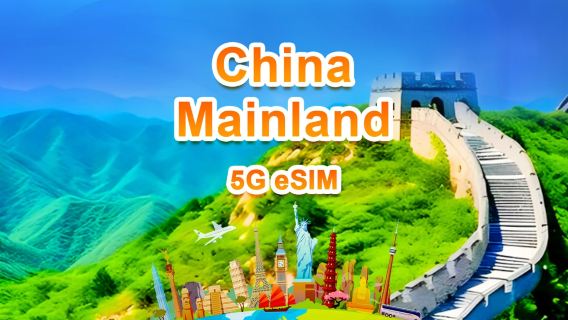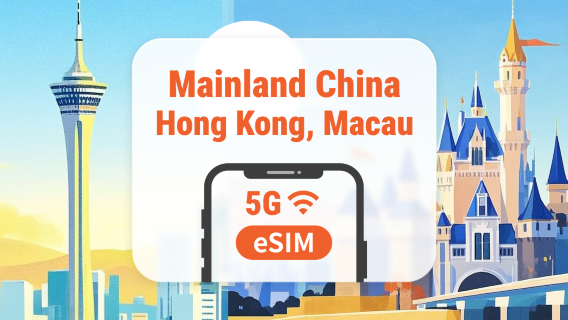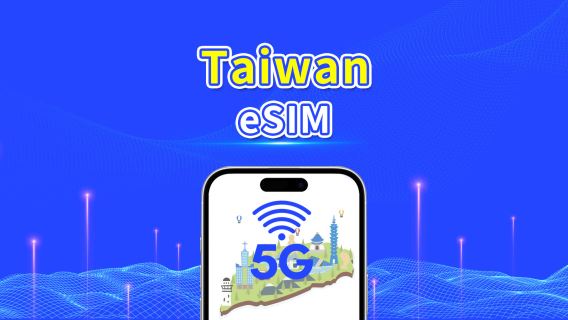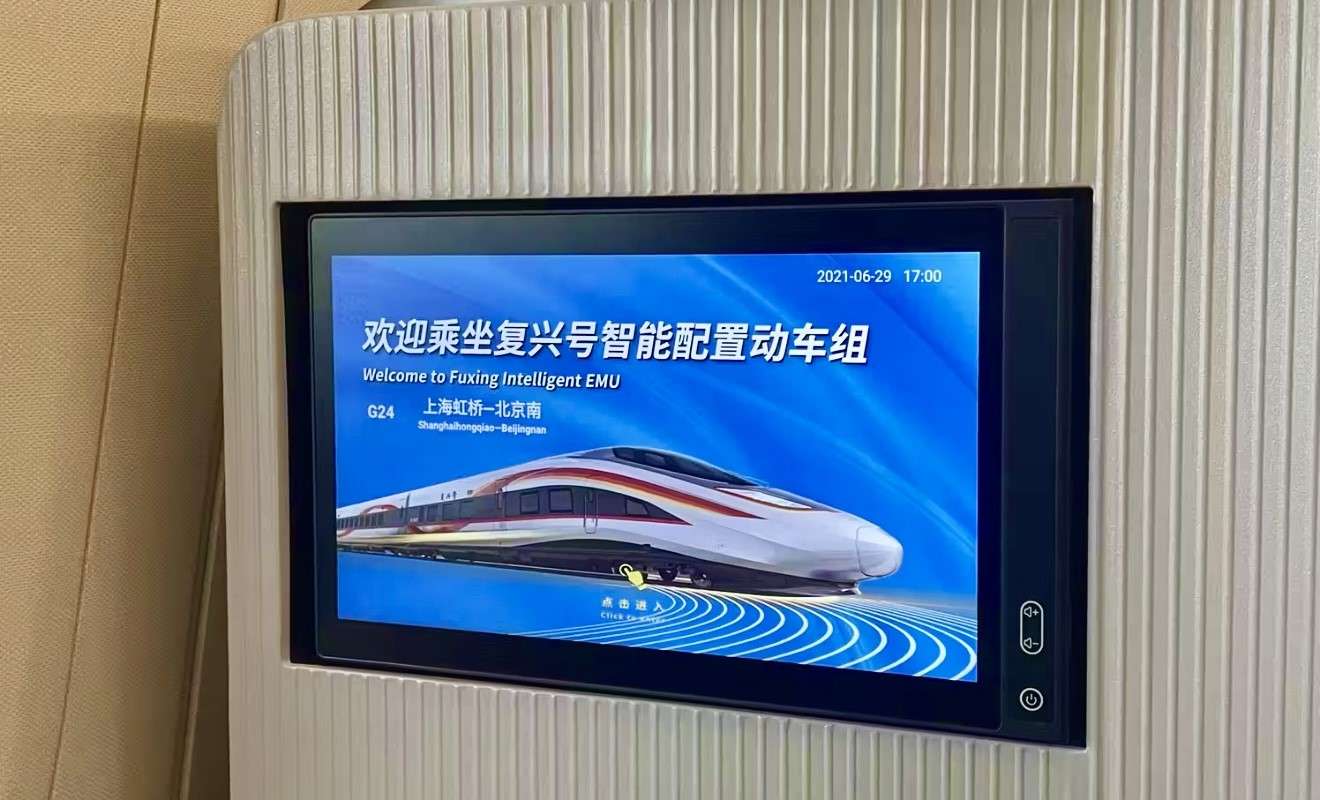
China has one of the most advanced high-speed rail networks in the world. Our guide provides a simple overview of the Fuxing Hao, helping international travellers understand this modern bullet train. It covers train series, classes, ticket prices, and popular routes. Let's explore the Fuxing Hao together and start planning your trip.
What is the Fuxing Hao in China?
The Fuxing Hao (meaning “Rejuvenation”) is China’s independently developed next-generation standard EMU (Electric Multiple Unit) train, with full independent intellectual property rights. It integrates advanced domestic technology in areas such as traction and braking, with Chinese standards making up 84% of the 254 key technical specifications.
Its current maximum operating speed is 350 km/h, covering a variety of speed levels and operating environments. The trains are built for a range of speeds – 160, 250 and 350 km/h – and can operate in varied environments including plateaus, extreme cold and sandy regions. They come in both concentrated and distributed power forms, offering a long service life, smooth and comfortable travel, and reduced running resistance.
Fuxing Electric Multiple Unit (EMU) - Technical Profile
Category | Specification |
Official Name | Fuxing Electric Multiple Unit |
Chinese Name | 复兴号电力动车组 |
Type | Standardised EMU series |
Country | China |
Service Entry | 15 August 2016 |
Operational Roles | Passenger & freight transport |
Power Source | Electric |
Speed Profile | - Max tested: 453 km/h (281 mph) - Operational max: 350 km/h (217 mph) - Variants for 160-400 km/h (99-249 mph) |
Dimensions | - Length: 208.95m (CR300BF) - Width: 3.36m (CR300BF) - Weight: 431.3 tonnes (CR300BF) |
Key Technologies | Fully independent IP, unified technical platform |
Achievements | - 3.1bn km operational mileage (2022) - 2022 Top 10 Global Engineering Achievements - 2023 National Special Prize for Scientific Progress |
Advantages | Extended lifespan, enhanced capacity, improved comfort/safety |
How fast is the Fuxing train in China?
Fuxing trains operate at different speeds depending on the model. The operating speed range is 99 to 217 mph (160 to 350 km/h), with most Fuxing trains having a maximum regular operating speed of 217 mph (350 km/h). The CR300 series runs at 155 mph (250 km/h), the CR400 series reaches 217 mph (350 km/h) and is the main high-speed train in service, while the CR200 series runs at 99 mph (160 km/h) for routes with lower speed requirements.
The newest CR450 series is being tested with a design speed of 250 mph (400 km/h) and has already reached over 267 mph (430 km/h) during trials. Although the maximum regular operating speed is 217 mph (350 km/h), some models have achieved higher speeds under test conditions.
Fuxing Train Series & Models
The Fuxing high-speed train includes several main series designed for different routes and service needs. The main series include the CR200, CR300, CR400 and the latest CR450.
- CR400 series: Fastest in regular service, running at 217 mph (350 km/h), with variants including short and long formations, cold-resistant, intelligent, and inspection train models.
- CR300 series: Runs at 155 mph (250 km/h) for express services.
- CR200 series: Runs at 99 mph (160 km/h) on intercity lines.
- CR450 series: Newest model designed for 249 mph (400 km/h) and has reached 280 mph (450 km/h) in trials.
Letters after the model number indicate specific features or configurations. “A” and “B” refer to manufacturing plants in Qingdao and Changchun. “F” means distributed power. “- A” in a suffix can also indicate a 16-car formation, while “- B” means 17 cars. “- C” and “- Z” are intelligent versions, “- G” is built for very cold climates, “- J” is for inspection trains, and “- S” is a double-deck design (only prototypes have been made so far).
The table below summarises the main series and models.
Series | Model | Year Entered Service | Max Operating Speed |
CR400 Series | CR400AF | 2017 | 217 mph (350 km/h) |
CR400BF | 2017 | 217 mph (350 km/h) | |
CR400AF-A | 2018 | 217 mph (350 km/h) | |
CR400AF-B | 2018 | 217 mph (350 km/h) | |
CR400AF-C | 2018 | 217 mph (350 km/h) | |
CR400BF-A | 2018 | 217 mph (350 km/h) | |
CR400BF-B | 2018 | 217 mph (350 km/h) | |
CR400BF-G | 2018 | 217 mph (350 km/h) | |
CR400BF-C | 2019 | 217 mph (350 km/h) | |
CR400AF-G | 2021 | 217 mph (350 km/h) | |
CR400BF-G (Cold-Climate Version) | 2021 | 217 mph (350 km/h) | |
CR400AF-Z | 2021 | 217 mph (350 km/h) | |
CR400AF-BZ | 2021 | 217 mph (350 km/h) | |
CR400BF-Z | 2021 | 217 mph (350 km/h) | |
CR400BF-BZ | 2021 | 217 mph (350 km/h) | |
CR400AF-BS | 2025 | 217 mph (350 km/h) | |
CR300 Series | CR300AF | 2021 | 155 mph (250 km/h) |
CR300BF | 2021 | 155 mph (250 km/h) | |
CR200 Series | CR200J | 2018 | 99 mph (160 km/h) |
CR450 Series | CR450 | Expected to be commercially operational by the end of 2026 | Estimated speed: 250 mph (400 km/h) |
China Fuxing Hao Train Classes
The Fuxing Hao high-speed train in China offers passengers a choice of different seating classes to suit comfort and budget needs. The main options are Second Class, First Class, and Business Class, with Premium First Class available on select busy routes such as Beijing–Shanghai.
- Business Class: Arranged in “2+1” or “1+1” seating, offering the most spacious layout. Seats can recline fully flat on some trains, with added features such as personal reading lights, making this the most luxurious option.
- First Class: Arranged in “2+2” seating with no middle seat. Window seats are A and F, while C and D are aisle seats. Comfort level is higher than Second Class but slightly below Business Class. Premium First Class, found on some smart trains, offers extra space and comfort.
- Second Class: Arranged in “3+2” seating, with A and F by the window, C and D by the aisle, and B as the middle seat. This is the most economical option. On certain smart trains, seat indicators above the luggage rack show real-time availability in red, yellow, or green.
💺 Red means the seat is occupied, yellow means it will be taken at the next stop, and green means it is currently free. If you hold a standing ticket, you may sit in a green-marked seat temporarily, but you must give it up when the ticketed passenger boards.
👉 Tip: Choose the Fuxing Hao smart EMU trains (复兴号只能动车) if possible, as they offer newer equipment, faster speeds, and more advanced features.
See our guide below for details on train classes and seat photos to help you choose. 👇
Fuxing Hao Bullet Train Ticket Prices
The ticket price for the Fuxing Hao high-speed train is not a flat rate but is shaped by several key factors. Prices are based on distance travelled, with a “tapered” system where longer trips become proportionally cheaper per kilometre. At the same time, China Railway applies a market-based pricing mechanism that allows flexible discounts or surcharges depending on season, demand, and travel time.
As a result, fares on routes such as Beijing–Shanghai (1,318 km) can vary. The published full fare for a second-class seat is ¥662, but actual prices may range from ¥526 to ¥662 depending on demand, time of travel, and seasonal adjustments.
Main pricing factors
- Base fare system
- Calculated per kilometre, starting from a benchmark rate set by the former Ministry of Railways.
- Current reference: about ¥0.46/km for second class. For more detailed data, please refer to the table below.
- Distance-based taper rule
- The first 500 km charged at full rate.
- 500–1,000 km charged at 90%.
- Beyond 1,000 km charged at 80% (and further reductions on longer journeys).
- Dynamic discounts and surcharges
- Peak seasons (July–September, holidays) may see fares rise up to 20% above the base fare.
- Off-peak periods offer lower fares, sometimes as low as 55–66% of the base fare.
- Time of day and day of week
- Morning trains, especially at weekends, are often more expensive due to higher demand.
- Early morning and late evening services may be cheaper.
- Flexible operator pricing
- Since 2016, railway companies can set ticket prices within an approved range, balancing market demand and operating costs.
China High-Speed Rail Fare Structure (Per Kilometre Rates)
Distance Band | Discount Tier | D-Trains (200-250km/h) | G-Trains (300-350km/h) |
0-500 km | Full price | • 2nd: ¥0.31-0.37 • 1st: ¥0.49-0.59 | • 2nd: ¥0.46 • 1st: ¥0.73-0.77 |
501-1,000 km | 10% off | • 2nd: ¥0.28-0.33 • 1st: ¥0.44-0.53 | • 2nd: ¥0.414 • 1st: ¥0.66-0.69 |
1,001+ km | 20% off | • 2nd: ¥0.25-0.30 • 1st: ¥0.39-0.47 | • 2nd: ¥0.368 • 1st: ¥0.58-0.62 |
Business Class Premium:
• Typically 2-3× 2nd class fares (e.g., G-train business: ~¥1.10-1.38/km)
Here is an example using the Beijing–Shanghai route (1,318 km, second class) to help you understand more clearly.
Distance Band | Rate (¥/km) | Discount | Example Calculation (Beijing-Shanghai 1,318km) |
0-500 km | 0.46 | Full price | 500 km × ¥0.46 = ¥230.00 |
501-1,000 km | 0.414 | 10% off | 500 km × (¥0.46×0.9) = ¥207.00 |
1,001+ km | 0.368 | 20% off | 318 km × (¥0.46×0.8) = ¥117.02 |
Total Fare | ¥554.02 (Matches actual fares: ¥553-626) |
Must-Take Fuxing Train Routes in China
| Train Route | Duration | Book Online |
|---|---|---|
| Hong Kong to Guangzhou | 47m | Book Ticket |
| Hong Kong to Shenzhen | 14m | Book Ticket |
| Guangzhou to Shenzhen | 29m | Book Ticket |
| Shanghai to Hangzhou | 39m | Book Ticket |
| Shanghai to Suzhou | 23m | Book Ticket |
| Chengdu to Chongqing | 1h 2m | Book Ticket |
| Shanghai to Nanjing | 1h 38m | Book Ticket |
| Beijing to Tianjin | 1h 2m | Book Ticket |
| Wuhan to Changsha | 1h 11m | Book Ticket |
| Train Route | Duration | Book Online |
|---|---|---|
| Beijing to Shanghai | 4h 18m | Book Ticket |
| Beijing to Xi'an | 4h 10m | Book Ticket |
| Hong Kong to Beijing | 8h 10m | Book Ticket |
| Hong Kong to Shanghai | 8h 6m | Book Ticket |
| Beijing to Guangzhou | 7h 17m | Book Ticket |
| Beijing to Chengdu | 7h 30m | Book Ticket |
| Shanghai to Chengdu | 11h 11m | Book Ticket |
| Beijing to Harbin | 4h 47m | Book Ticket |
| Beijing to Kunming | 10h 55m | Book Ticket |
Fuxing Hao vs Hexie Hao
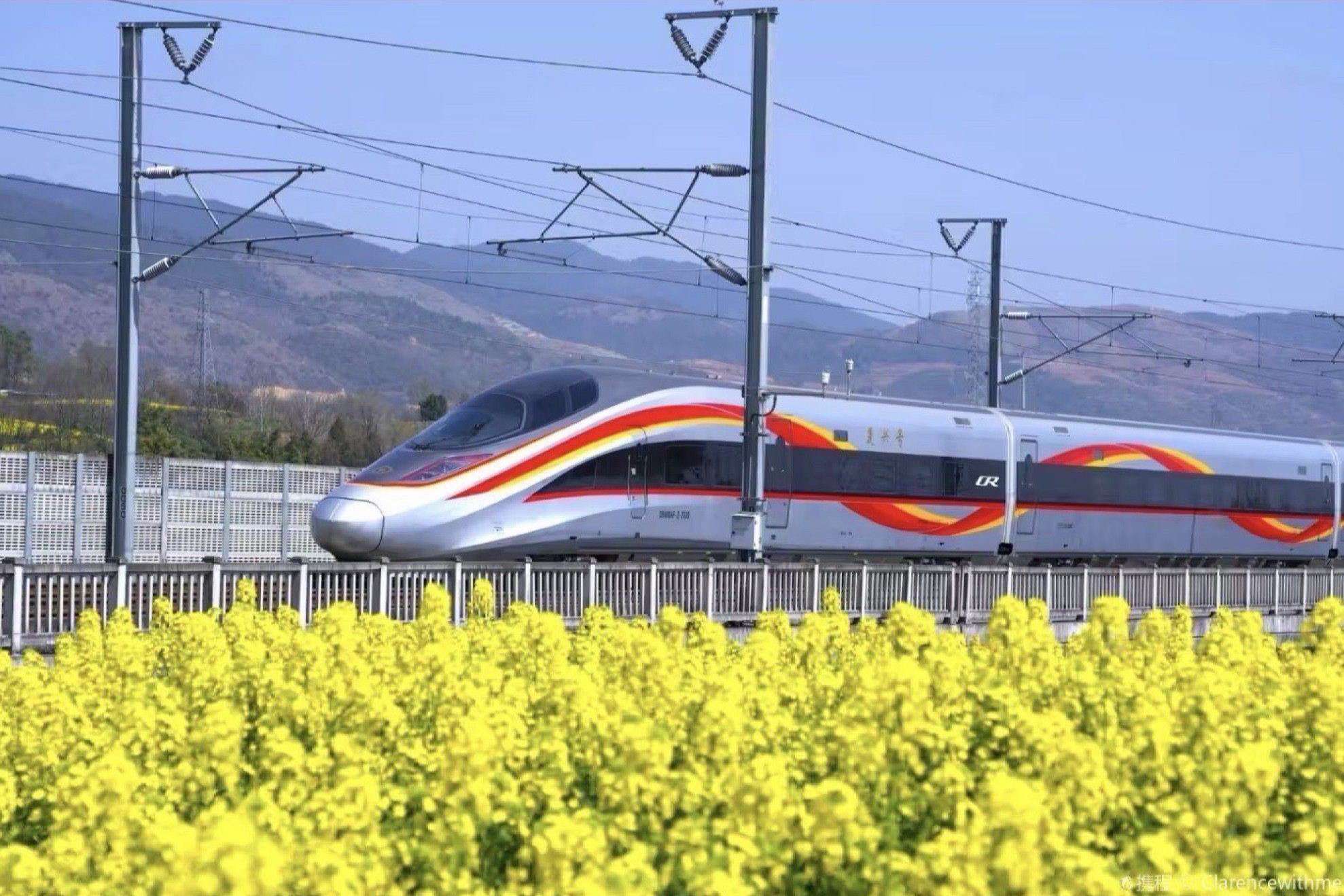
Fuxing Hao
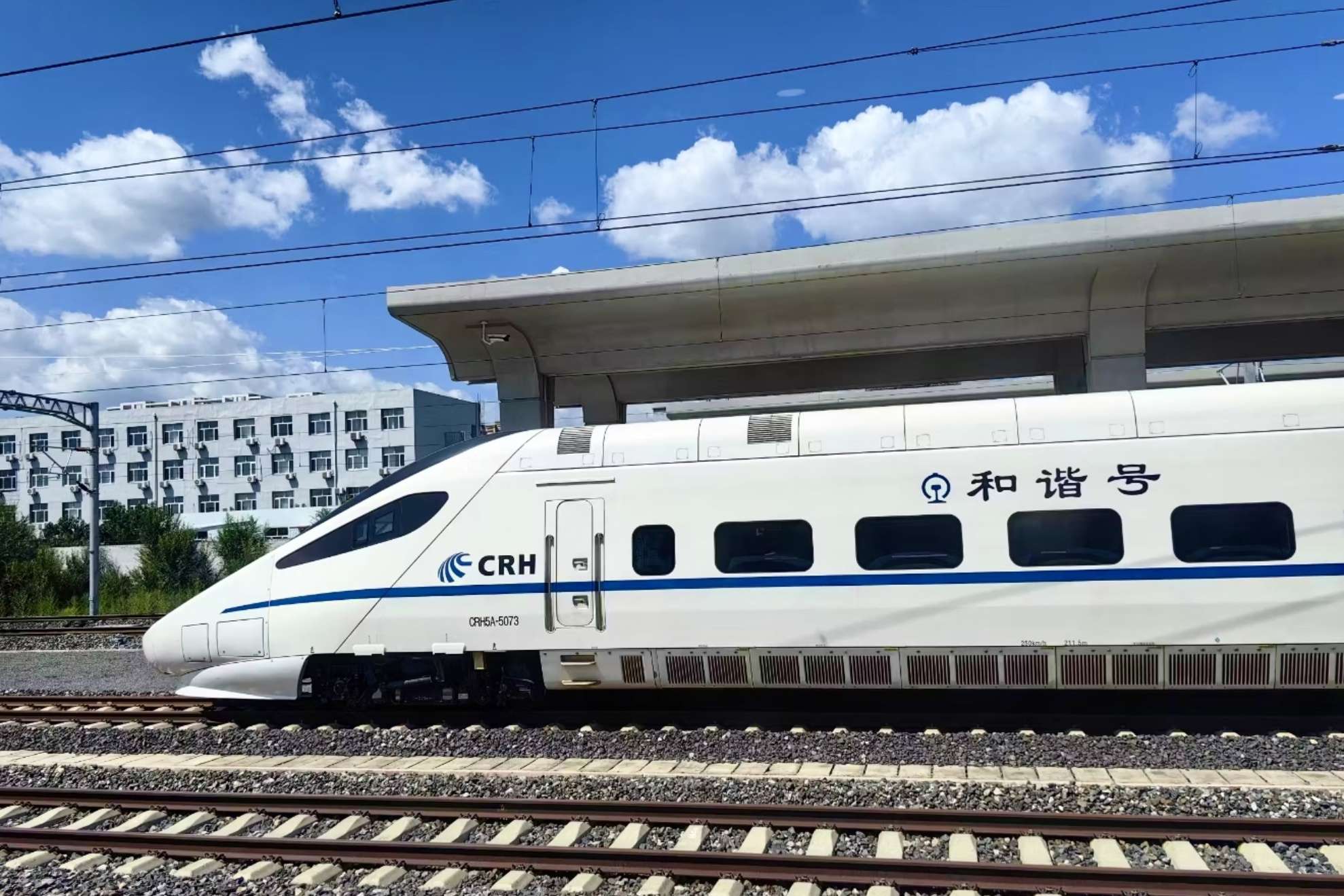
Hexie Hao
Fuxing Hao (复兴号) and Hexie Hao (和谐号) are the two main types of high-speed trains in China, but Fuxing Hao represents a newer, more advanced generation. While both play a central role in the country’s rail network, they differ significantly in speed, technology, design, and passenger experience. Fuxing Hao offers higher speeds, enhanced safety features, higher comfort, and a longer lifespan, making it a clear evolution from the older Hexie Hao series. The table below provides a detailed comparison of their key differences.
Feature | Fuxing Hao | Hexie Hao |
Development & Technology | Fully developed in China since 2012 with a unified high-speed rail standard system; over 84% of components domestically produced; holds complete intellectual property rights. | Introduced in 2004 by adapting technologies from France, Germany, and Japan; multiple models with no unified standard, leading to higher maintenance costs. |
Speed | Covers 99–249 mph (160–400 km/h); CR450 model tested at 281 mph (453 km/h), with planned operating speed of 249 mph (400 km/h, not yet in full service). | Maximum operating speed 217 mph (350 km/h); most trains run at 99–155 mph (160–250 km/h). |
Exterior Design | Streamlined nose and smooth body reduce aerodynamic drag by 7.5%–12.3%; modern, elegant appearance with some designs incorporating traditional cultural elements. | Varies by model; some have more traditional nose shapes; roof bulges house pantographs and air-conditioning. |
Onboard Facilities | Full-train free WiFi; each seat row equipped with two-pin, three-pin, and USB charging ports; intelligent services such as seat info display, wireless charging, and screen casting. | Some models lack WiFi; fewer charging points; no intelligent service features. |
Seating & Comfort | Second Class pitch: 1.02 m; First Class: 1.16 m; First Class includes leg-rest adjustment; longer seat cushions. | Second Class pitch: 0.99 m; First Class: 1.06 m; no leg-rest. |
Energy Consumption | 10% lower than CRH380 Hexie Hao at 350 km/h; speed increase from 300 to 350 km/h adds ~20%–30% energy use. | Higher energy consumption at top speeds. |
Lifespan & Maintenance | Designed for 30 years; unified standards reduce maintenance costs and improve compatibility. | Designed for 20 years; varying technical standards complicate maintenance. |
Train Code Prefix | Usually “G” (Gaotie – High-speed). | Usually “D” (Dongche – Electric Multiple Unit). |
Ticket Prices | Generally higher due to newer trains, higher speeds, and advanced features | Usually lower, especially on slower routes |
Ticket Availability | Popular on major routes; tickets may sell out quickly during peak travel periods | Wider network coverage; generally easier to find available tickets |
Fuxing Hao vs Shinkansen
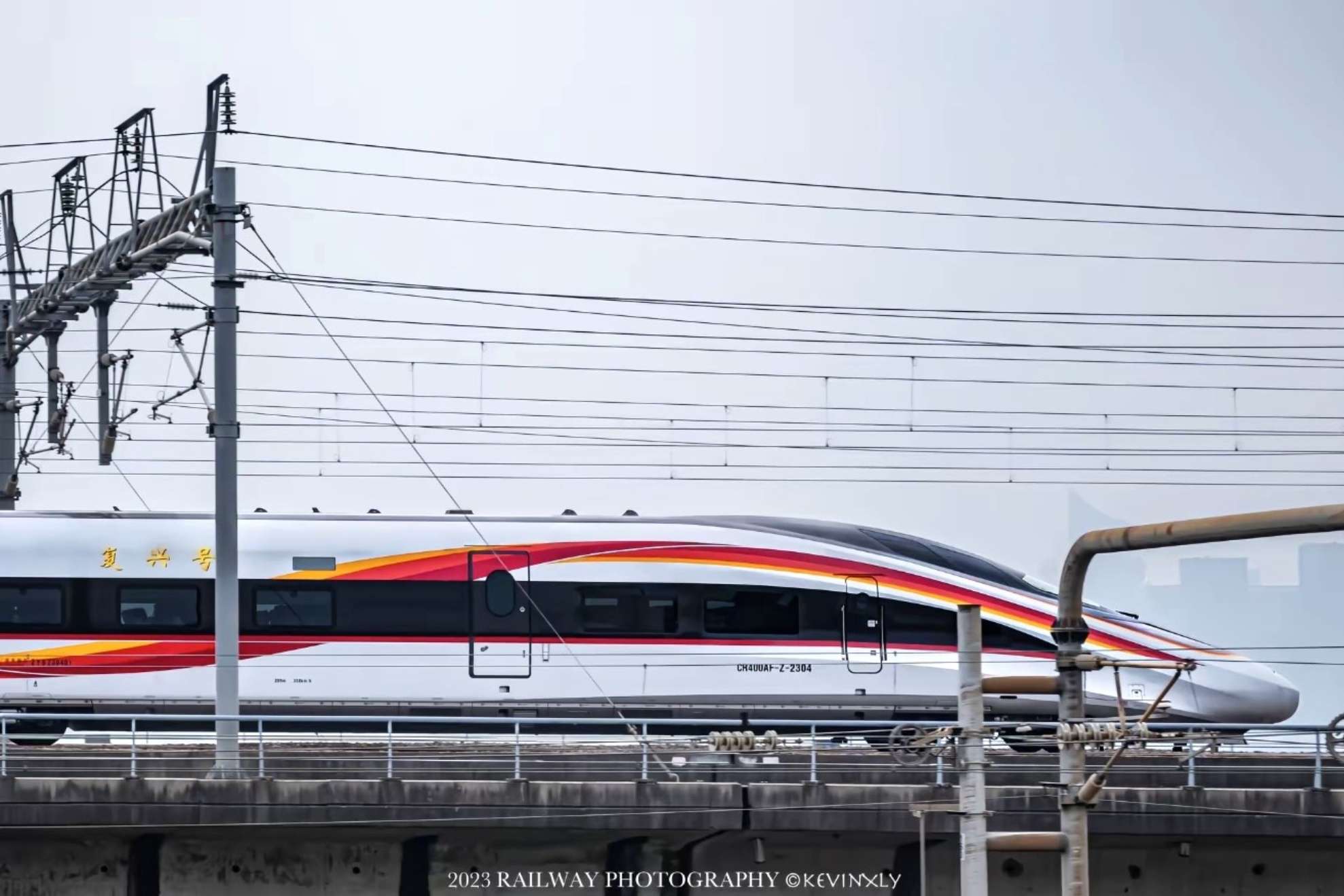
Fuxing Hao *Photo by KEVINXLY

Shinkansen *Photo by WorkInJapan.today
The Fuxing Hao and Shinkansen are the flagship high-speed trains of China and Japan, respectively. They differ in technology, operation, and service. Fuxing Hao excels in speed, network coverage, and technological independence, while Shinkansen is renowned for safety, comfort, and precision operations. The following table highlights the main differences.
Feature | ||
First Service | 2017 | 1964 |
Maximum Operating Speed | 217 mph (350 km/h), latest CR450 up to 280 mph (450 km/h) in trials | 199 mph (320 km/h), some models up to 224 mph (360 km/h) |
Design & Appearance | Streamlined, aerodynamic, red accents, modern sci-fi look | Traditional “duckbill” nose, noise reduction focused |
Power System | Concentrated or distributed traction, high adaptability | Distributed traction, lightweight axles, stable with low vibration and noise |
Safety & Monitoring | Intelligent monitoring with 2,500+ sensors | Advanced earthquake emergency stop, ATC system, highly punctual |
Train Formation | 8 or 16 cars per set | 5 or 10 cars per set |
Service Frequency | Minimum interval 5 minutes on busy lines | Minimum interval 3 minutes on busy lines |
Network Coverage | Extensive, over 20,000 km across China | Mainly major islands, Tokyo to Hokkaido, Kyushu, etc. |
Interior & Comfort | Spacious, WiFi, power outlets, modern amenities | High-quality materials, business class with luxury finishes |
Braking System | Regenerative + air brakes | Regenerative + air brakes |
Smart Features | Intelligent seats, positioning systems, enhanced operational efficiency | Earthquake warning systems, continuous upgrades in automation |
Structural Materials | Aluminum alloy, integrated load-bearing body, optimized for equipment installation | Lightweight, high-strength body, traditional design |
Bogies / Wheelsets | 4-point elastic suspension, replaceable axle boxes, advanced gearbox | Mature bogie technology, stable and safe |
Traction Converter | AC–DC–AC, supports four traction motors with variable frequency control | Advanced traction system meeting high-speed requir |
Ticket Pricing & Seat Classes | Fares vary by route and class; Business Class is the most expensive | Offers Ordinary, Green (First Class), and Gran Class (Business); Green and Gran Class are priced significantly higher |
>> Find Japan train timetables and prices online
China's Fuxing Bullet Train FAQs
1. What is the top speed of Fuxing Hao?
The Fuxing Hao reaches a maximum operating speed of 217 mph (350 km/h), with some models tested at even higher speeds.
2. What is the 400 km/h train?
The CR450 is China’s next-generation high-speed train, designed for 249 mph (400 km/h) operation.
3. Which country made the CR450 train?
The CR450 was independently developed and manufactured in China.
4. How many types of trains are there in China?
China operates several series, including CR200, CR300, CR400, and the upcoming CR450, covering speeds from 99 mph (160 km/h) to 249 mph (400 km/h).
5. What is the best high-speed rail in China?
The Fuxing Hao CR400 series is currently China’s most advanced, offering 350 km/h speeds, smart features, and superior comfort.

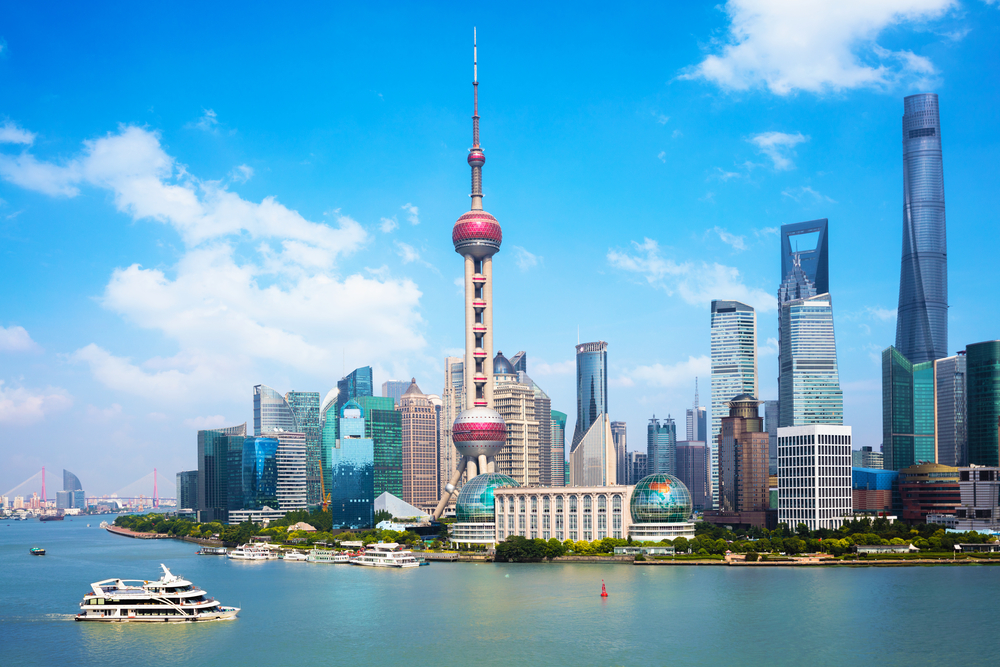

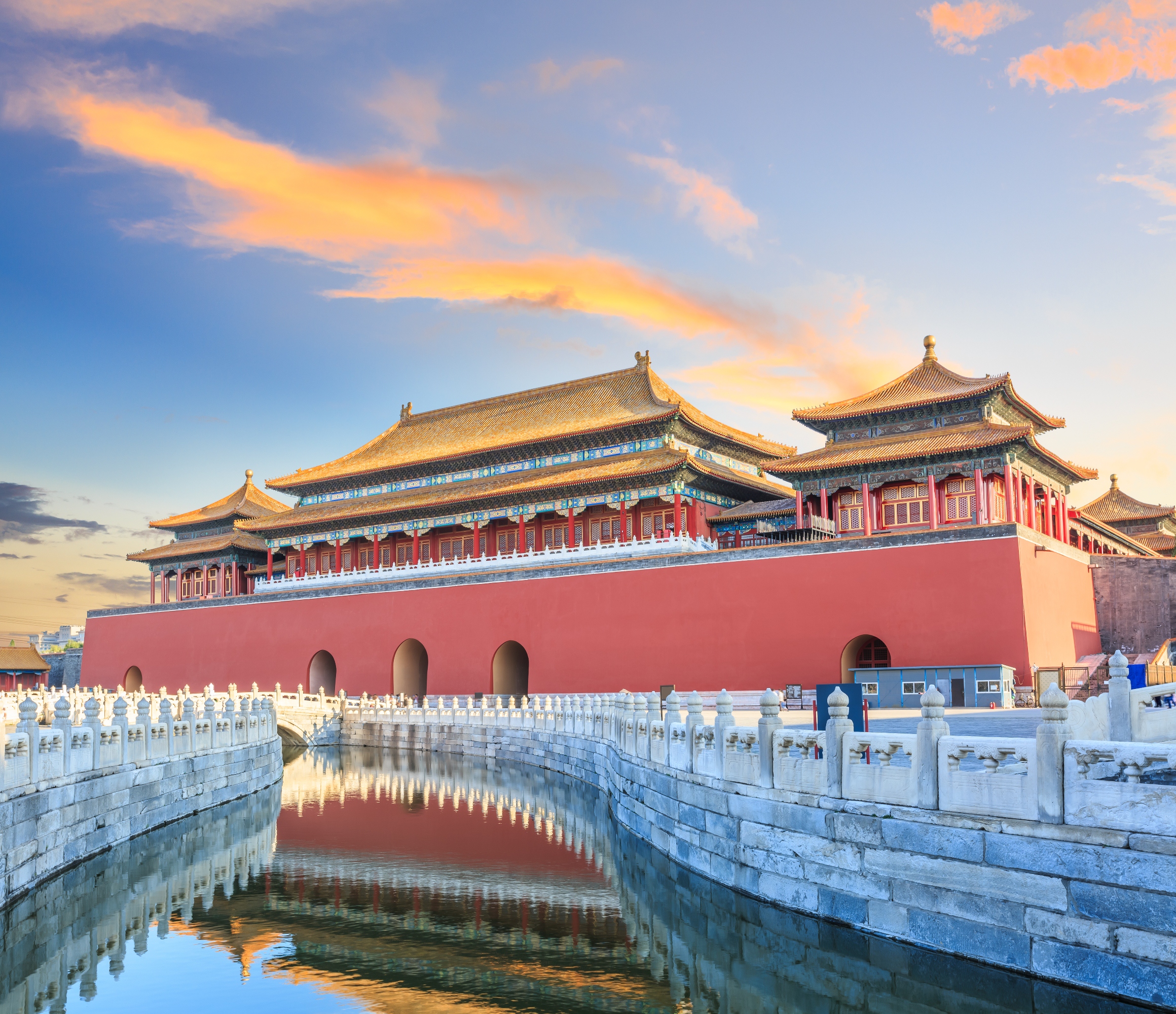
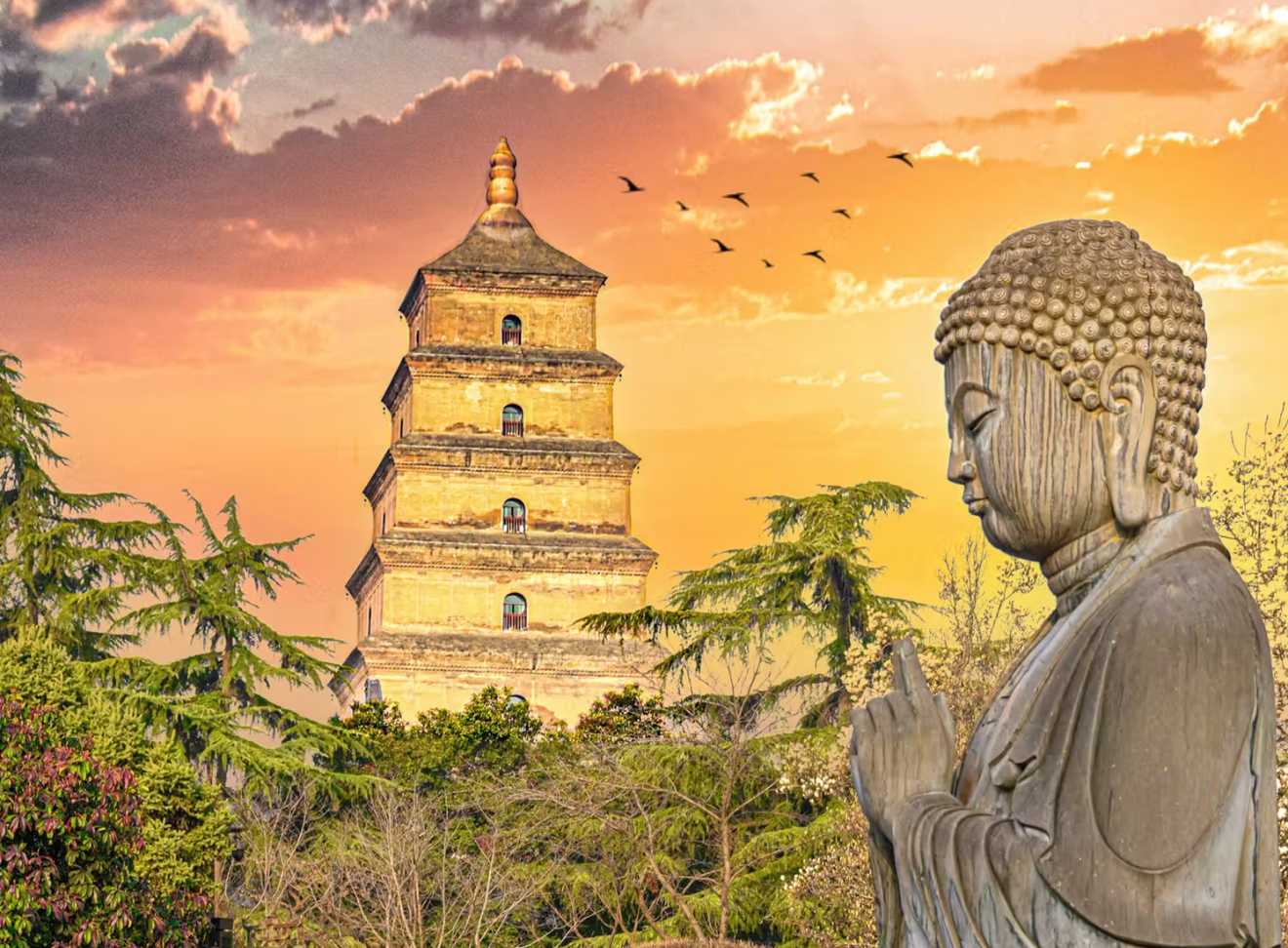
 392537 booked
392537 booked